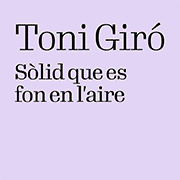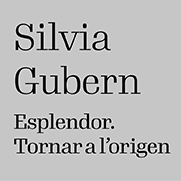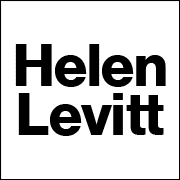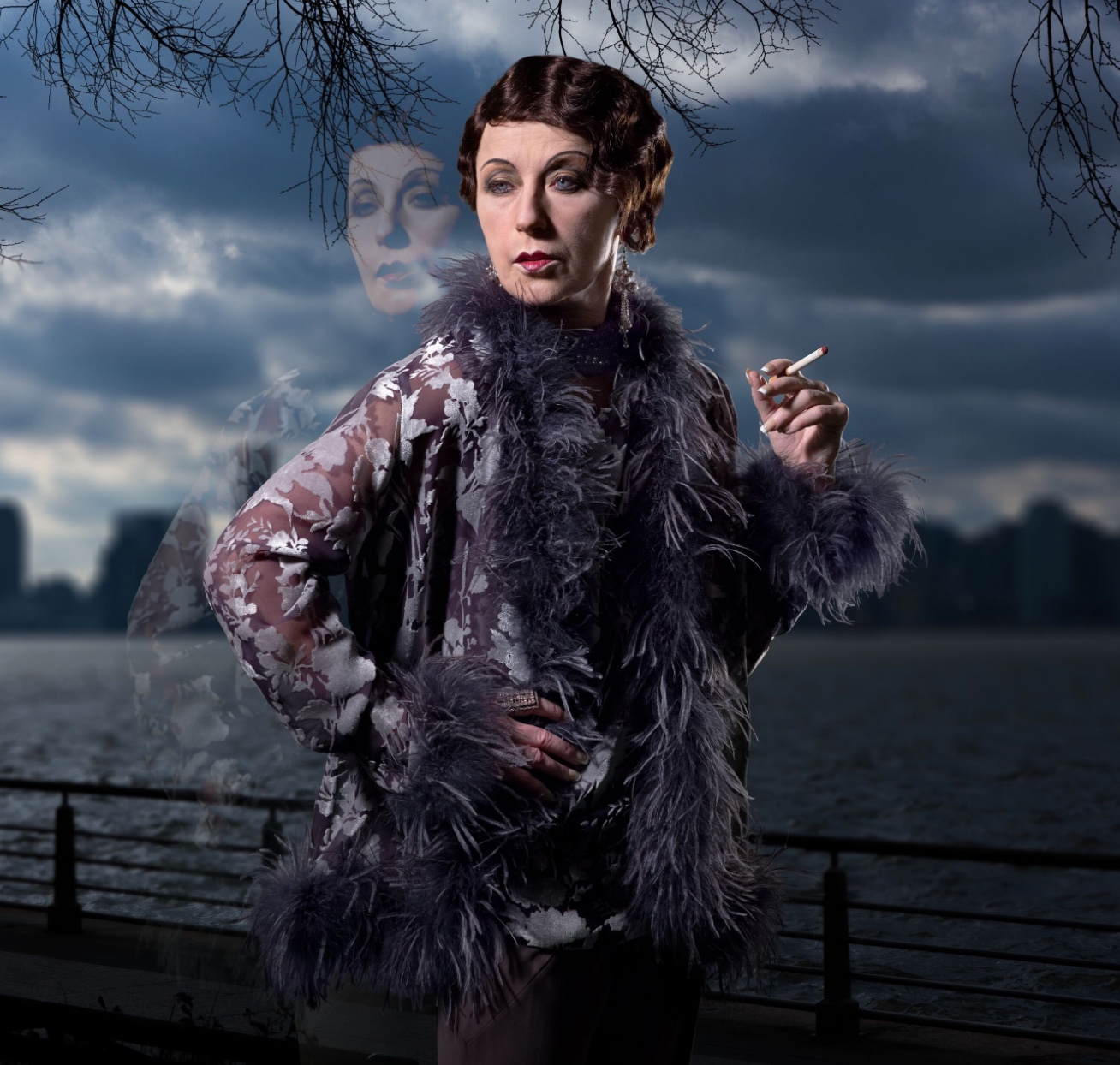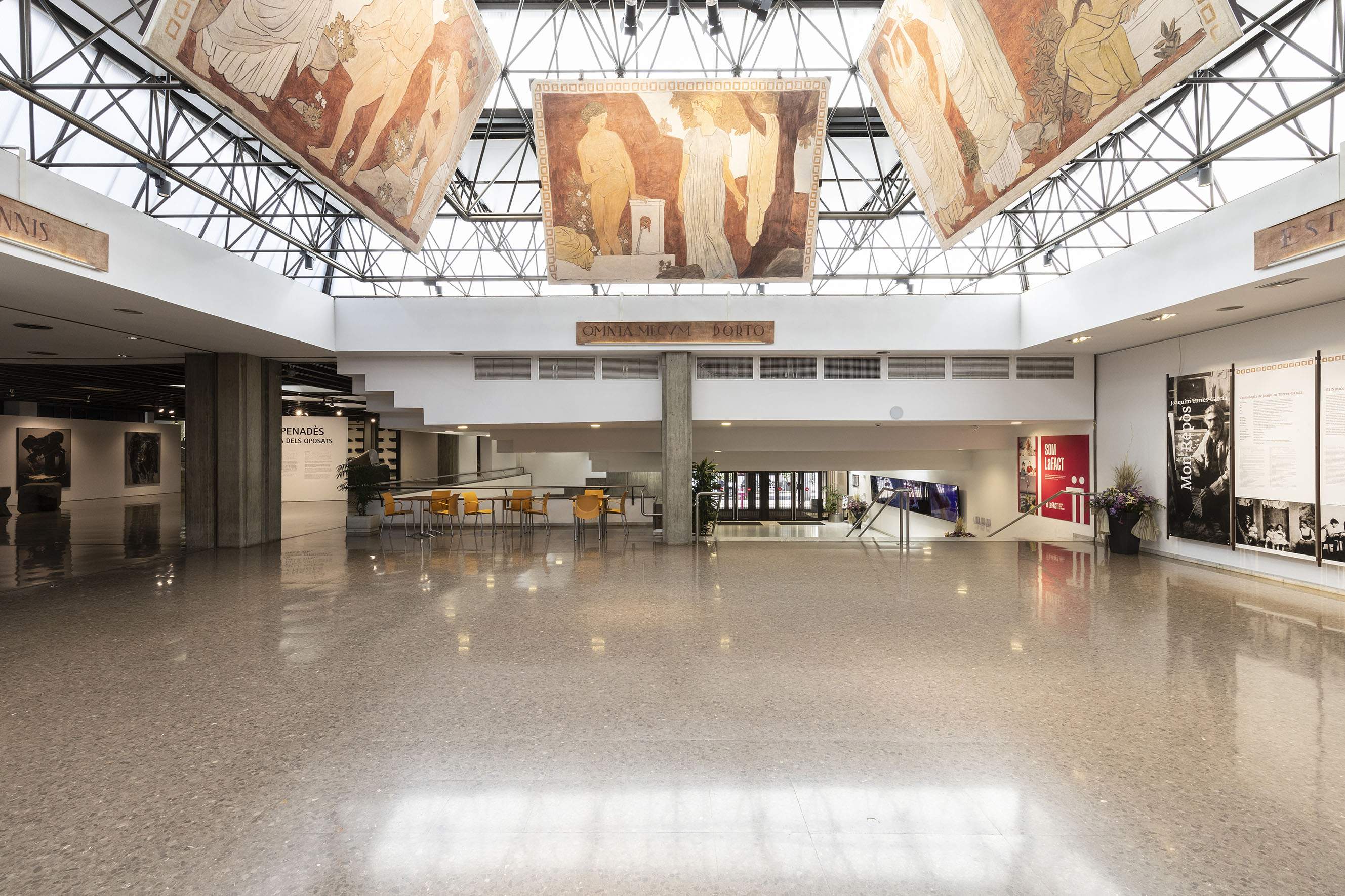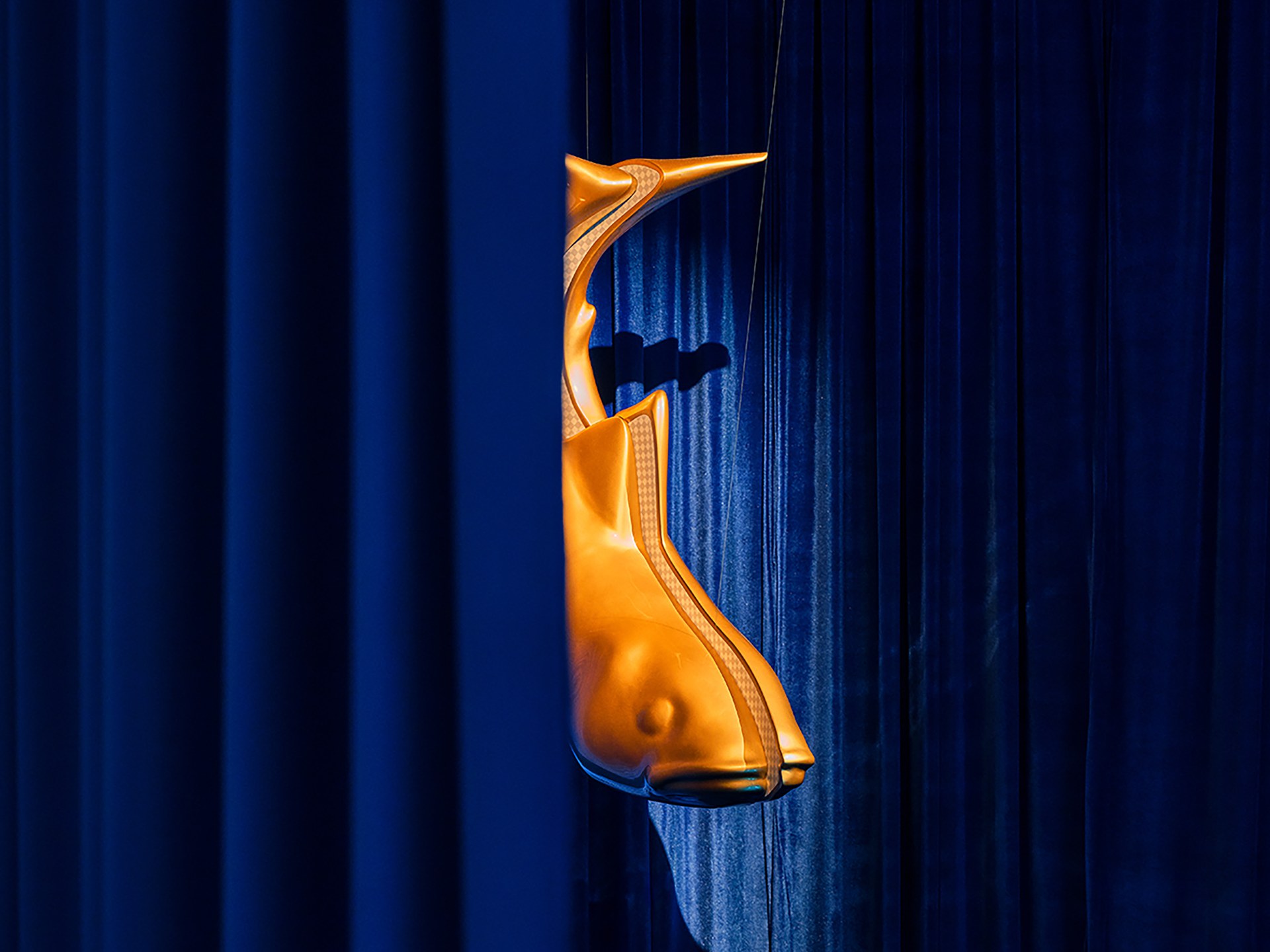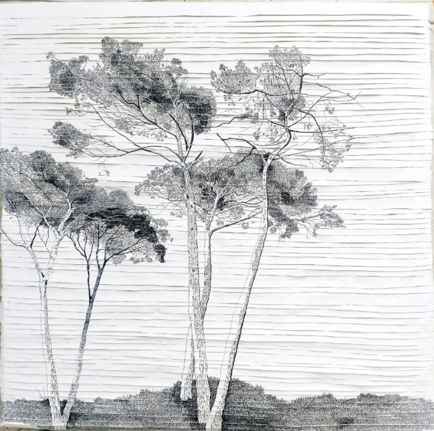contests
Art Nou: a boost to emerging creation and new artistic generations
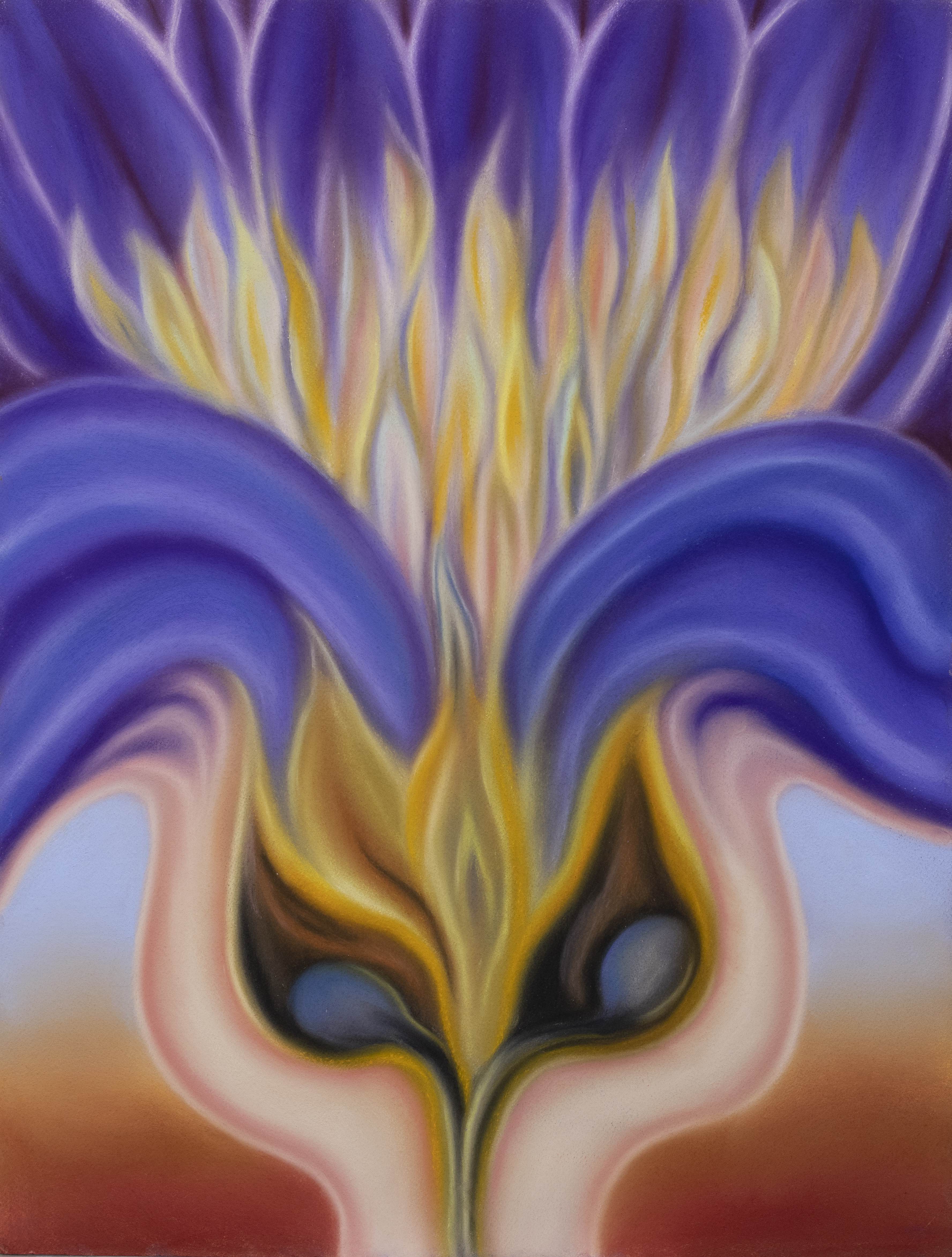
The 14th edition of Art Nou 2025, the art festival organized by Art Barcelona, brings together 58 artists under 35 years of age and is being held in more than thirty exhibition spaces in Barcelona and L'Hospitalet, two cities that are becoming the epicenter of national and international young art in the Catalan context. The program includes exhibitions, parallel activities of different formats and guided tours of galleries, spaces, workshops and production centers. It is consolidated as an essential platform for emerging art and as a device for activating the emerging artistic scene in Catalonia.
This event was born from the need to encourage relationships between artists working in the local area and galleries to connect them with the art market. Likewise, one of the objectives is also to promote collecting due to its strategic nature for both galleries and artists. The program will begin on June 25 in Barcelona and on June 26 in L'Hospitalet. The closing will take place at La Capella, on September 4, with a performative action by Blanca Tolsá Rovira.
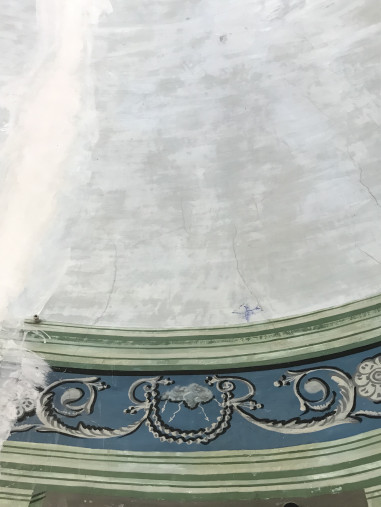 Raquel G. Ibáñez. Àngels Barcelona
Raquel G. Ibáñez. Àngels Barcelona
According to its director, Pilar Cruz: “For many creators, Art Nou is the first contact with the professionalization of art. It is an opportunity to discover the talent of future generations and support promising young artists. Every year, various artistic entities participate, from galleries with a consolidated track record to new galleries, self-managed art centers and public institutions with diverse programming, which come together to defend and promote emerging art. It is an ideal moment to offer fresh, innovative and risky proposals, which often break with the usual programming of the spaces. In addition, it is an opportunity to establish bridges and connections between the artistic fabric and the art market, since many exhibitions are the first occasion for artists to work with gallerists, generating possible future professional relationships. It is, in short, an opportunity for the public to get closer and discover new proposals.”
The context in which the Art Nou competition is being held this year has some distinctive features. Year after year, the festival increases the presence of women artists and the creator becomes an activist who uses artistic resources to denounce contemporary problems and address themes such as interculturality, female references, the fragility of natural resources, the limits of materials, the transformation of identity, mental health, migration, resilience and personal structures. These are artistic practices that use supports and languages to document, investigate, visualize, rethink and metamorphose environments and people. Contemporary visual arts have been linked to other disciplines: they have approached science, technology, computer science, psychology, education, ecology, journalism, the humanities... As the boundaries between professionals blur, the intellectual adventure is versatile and plural, as is the work of art itself, which participates in a polyvalence of languages, a diversification of formats and a multiplicity of results.
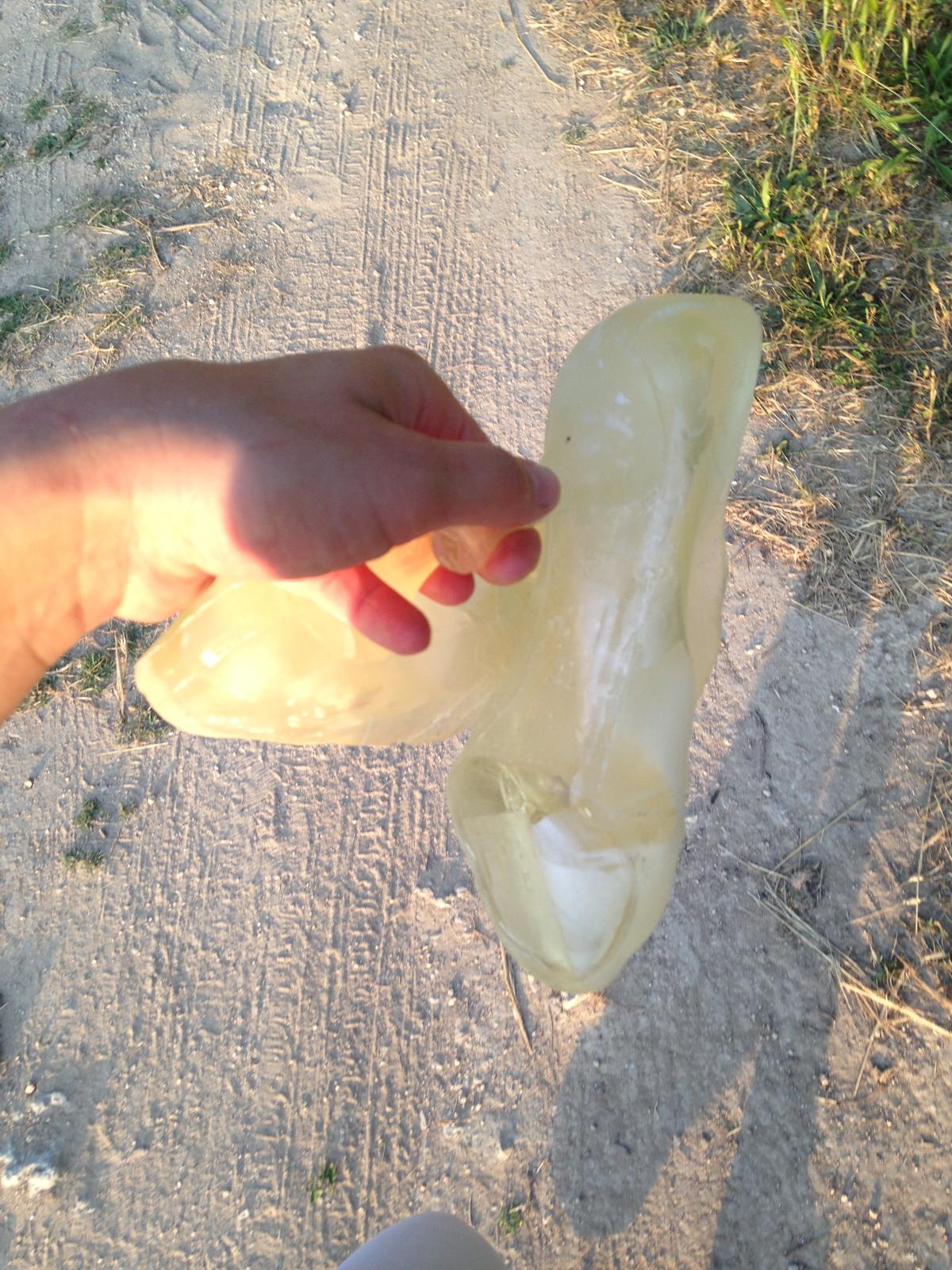 Julia Crehueras. Lab 36
Julia Crehueras. Lab 36
Likewise, we note the increase and variety of circuits and facilities, public and private, that are helping to achieve excellence in the consolidation levels of our creators and to maintain their trajectories. Contemporary art creation/production spaces, together with galleries and spaces for accompanying and disseminating visual arts, are the engine of creative activity and the nodes that support a regular program of contemporary art and the connection between artists and the public. The current situation remains complex, but in recent times new hybrid spaces have been promoted that defend a firm commitment to creation and contemporary artistic practices. Likewise, new generation galleries have left behind old business patterns and are conceiving innovative projects that exercise new ways of relating to artists and the community, with a focus more on social potentialization than economic. A challenge to a weak artistic context and a totally fragile market. A key factor to consider is the market globalized that demands internationalization and a new way of relating to artists, accompanying them in production and exhibition.
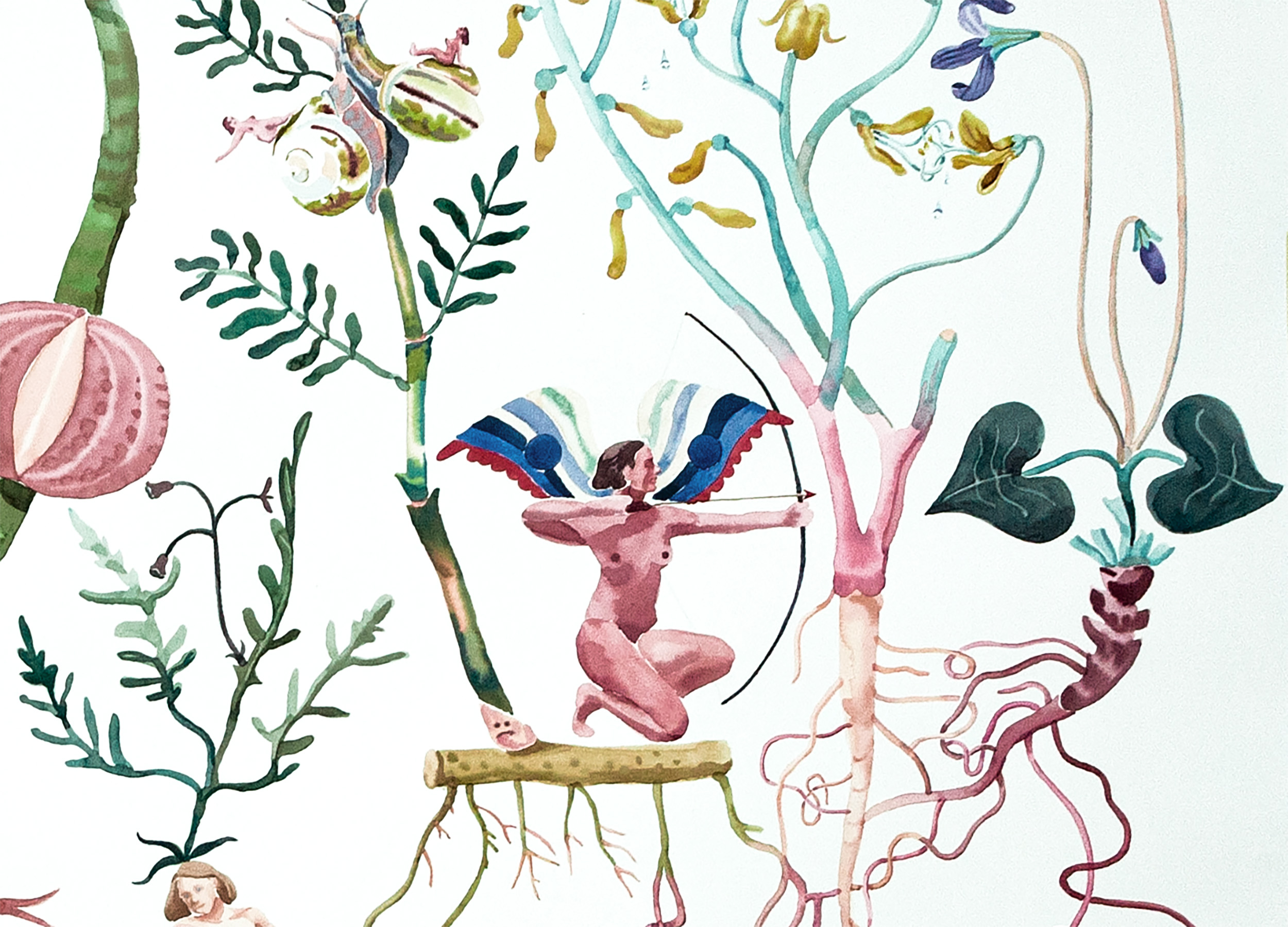 Blanca Gracia. Prats Nogueras Blanchard. © VanessaSimon
Blanca Gracia. Prats Nogueras Blanchard. © VanessaSimon
Similarly, the emergence of new paradigms in visual arts practices is putting on the table the need to propose an update of the programs to accommodate new practices and, in this sense, our agents are responding to the challenge. We find ourselves in a context that is characterized by the coexistence of cutting-edge technologies with traditional artistic disciplines, both being recognized as legitimate forms of expression. Another component to mention is the importance of collecting that is committed to contemporary art. Collectors - individuals, companies or institutions - constitute a prominent part of the market's activity as a whole and are a basic segment of the value chain. The social function they perform is a fundamental factor for the preservation, conservation, systematization and dynamization of art, without forgetting their patronage work.
As every year, cultural institutions collaborate to strengthen their link with Art Nou, offering prizes and professional recognition to the awarded artists. In this edition, La Capella will present the prize to the winner, selected by a jury formed by Marta Sesé, Berta Caldentey and Joana Roda. For the first time, SWAB will select a gallery to participate in the next edition of the contemporary art fair, and Art-O-Rama (Marseille) will also choose an Art Barcelona gallery to strengthen its link with the festival. In addition, the Hotel Wittmore will host selected artists who will have the opportunity to exhibit their works in its spaces, facilitating their visibility and professional development. On the other hand, the Fundació Úniques will acquire a work by one of the participating artists, thus contributing to the promotion and support of emerging talent.
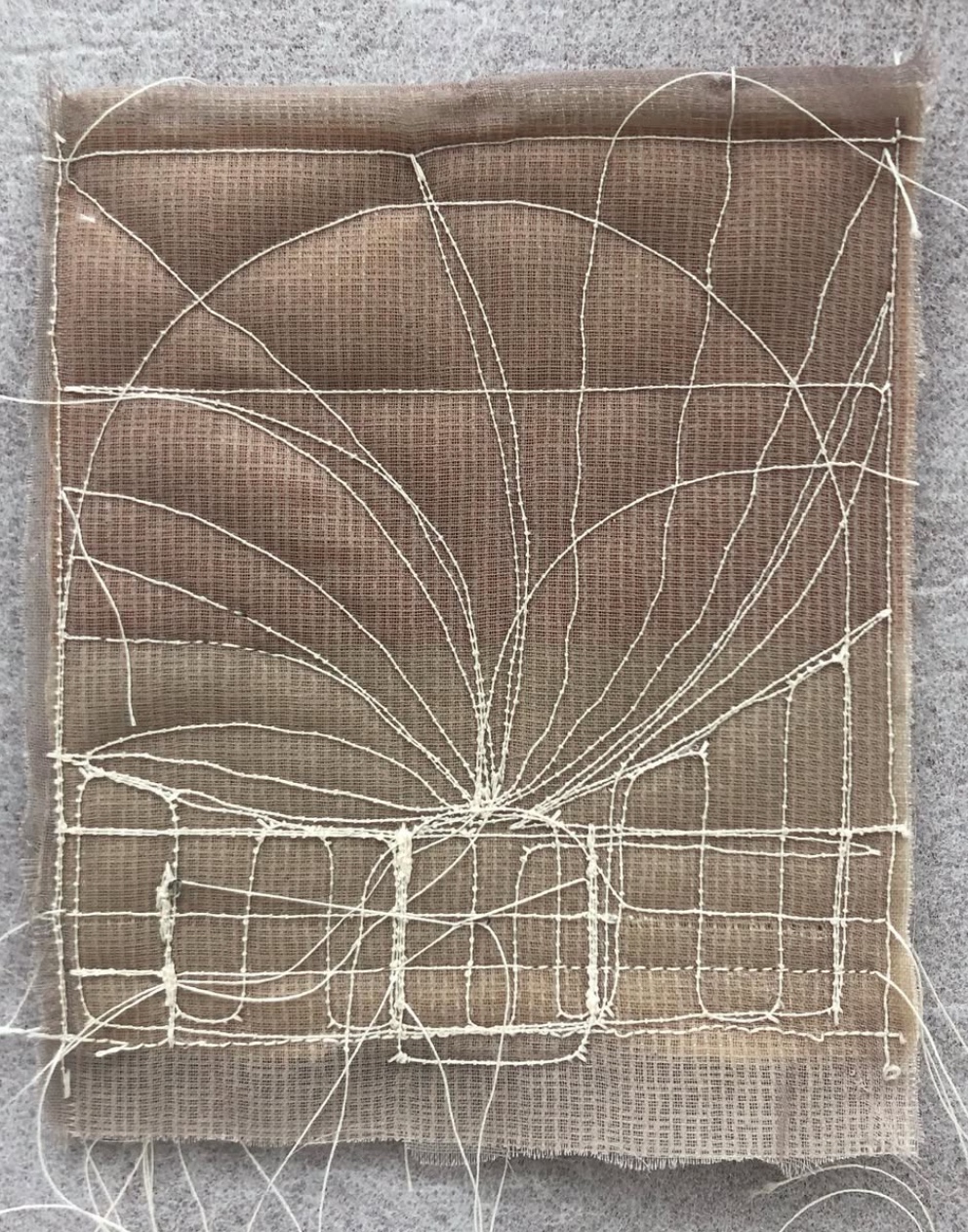 Laura González Palacios. Chiquita Room
Laura González Palacios. Chiquita Room
· 21 Participating galleries : angeles barcelona, BETA Contemporary, Chiquita Room, Dilalica, Escat Gallery, Espai19, ethall, FUGA, Galería Alegría, Galería H2O, Galeria Marc Domènech, Galeria Ola, Pigment Gallery, La Plataforma, Lab36, Prats Nogueras Blanchard, Proyecto REME, Rocio SantaCruz, Sorondo Projects, Suburbia Contemporary and Victor Lope Arte Contemporáneo
· 11 independent spaces : RARO On-Site Projects, DOM Art Residence, EX, Cordova, Espai Souvenir, Tangent Projects, Raccoon Projects, barsa, Homesession, Fundació Úniques and NOMEVOY.
· 4 institutions: La Capella Art Centre, Sala d'Art Jove, Sant Andreu Contemporani and University of Barcelona.
· 58 participating artists : Adrià Miko, Adrian Lopez Peña, Agustina Fioretti, Aïda B. Faura, Aitanna Pascual Casaux, Alba Acebes Macià, Anna Ill, Ali Arévalo, Alex Luz Palomares, Annika Sunne, Arnau Pascual, Auri Alós, Beatrice Simoncini, Blanca Gracia, Cabanes Fontao, Can Lejárraga, Daniel Cao, Dmitry Astafev, Edu Gil Alsina, Esther Merinero, Ethel Coppieters, Gaby Lobato, Gadea Burgaz, Helena Ripoll, Idoia Leache, Isabel Rabassa, Jan Vallverdú, Johann Lara, Jonathan Tignor, Julia Cella, Julia Creuheras, Julia Aurora Guzmán, Lotte Frances, Lorena Ruiz Pellice ro, Luis Renteria, Marc Salas Armengo, Marga Estelrich, Matuta, Marcelline Mandeng Nken, Maria Freire Montané, Meritxell Cañas, Mariona Berenguer, Mikel Adán Tolosa, Miquel Matas Ferrer, Naked Space, Oriol Arnedo, Raquel G. Ibáñez, Román Fabré, Rocio Quillahuan, Rose Madone, Sangre de María, Sara Bonache, Santiago Colombo Migliorero, Seungjoo Lee, Sol Namgung, Soledad Marcote (New Errror), valo sonoro and Yuhanxiao (Maggie) Ma.
The festival has the collaboration and support of several institutions , such as the Catalan Institute of Cultural Enterprises (ICEC), the Generalitat of Catalonia, Barcelona City Council, La Capella, the Consortium of Commerce, Crafts and Fashion of Catalonia, the City Council of L'Hospitalet, Districte Cultura L'H, the Sala d'Art Jove, the University of Barcelona, MACBA, GRAF, Art-O-Rama, the Fundació Úniques, SWAB, the Hotel Wittmore, betevé, Sant Andreu Contemporani and Fabra i Coats.
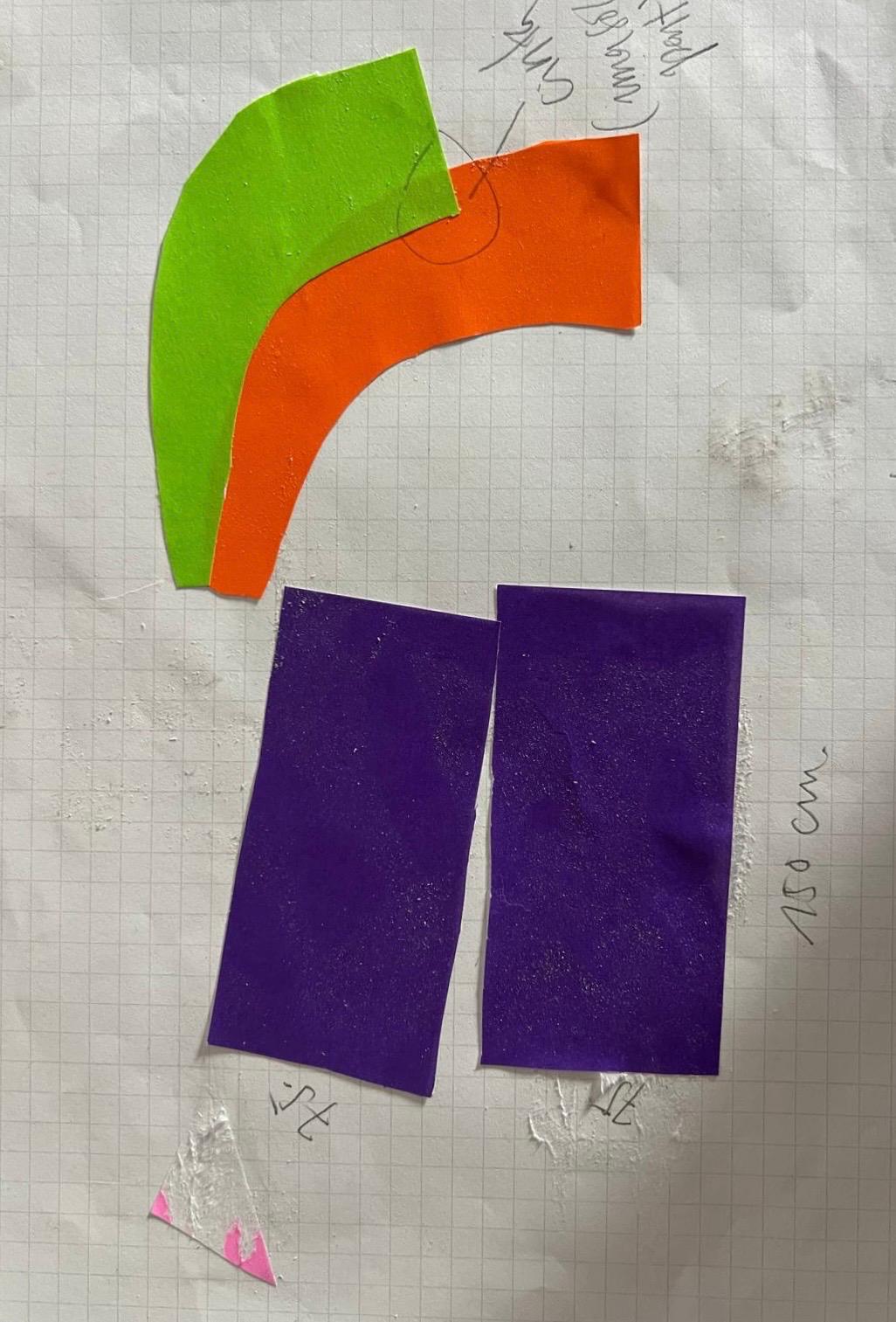 Roman Fabré. Galeria Alegria. Foto: Tommaso Nabiuzzi
Roman Fabré. Galeria Alegria. Foto: Tommaso Nabiuzzi


